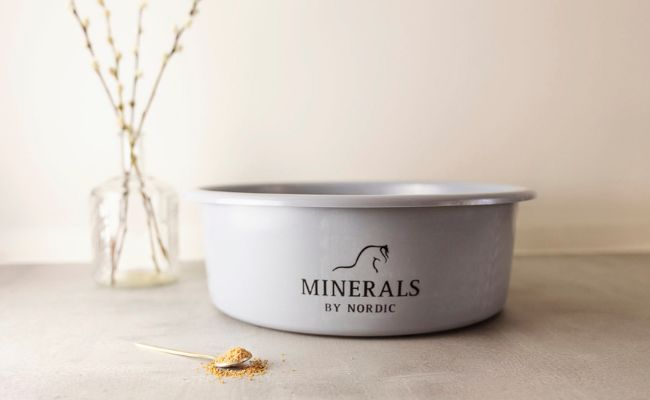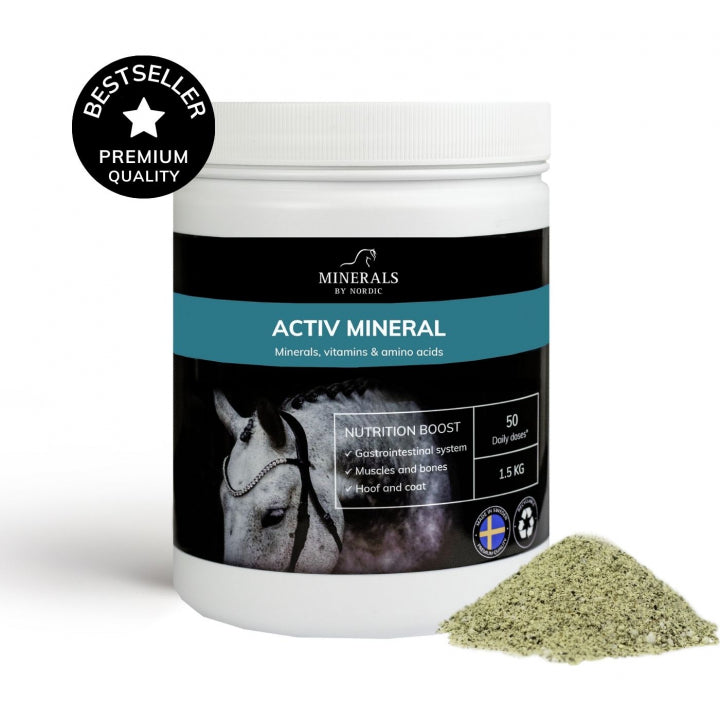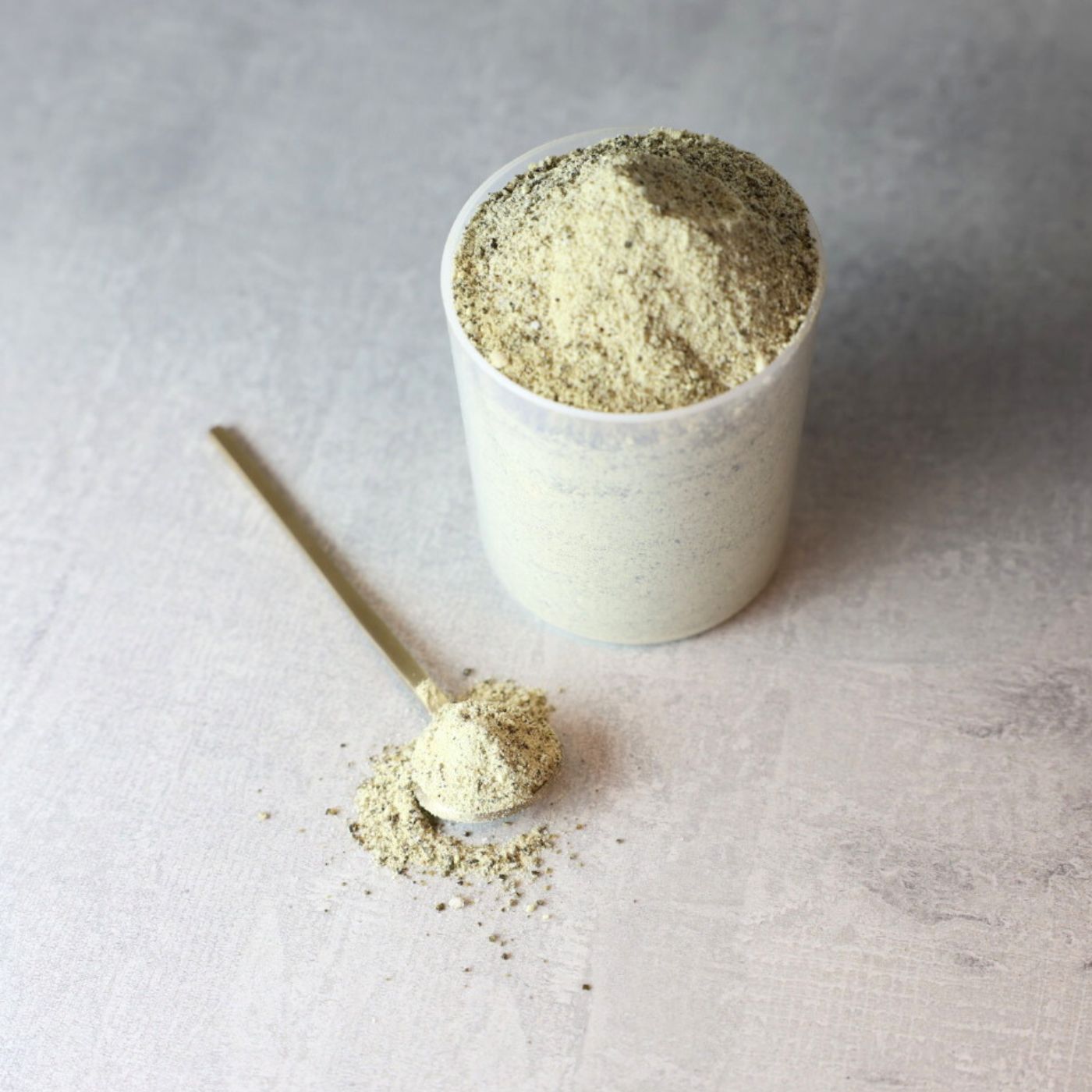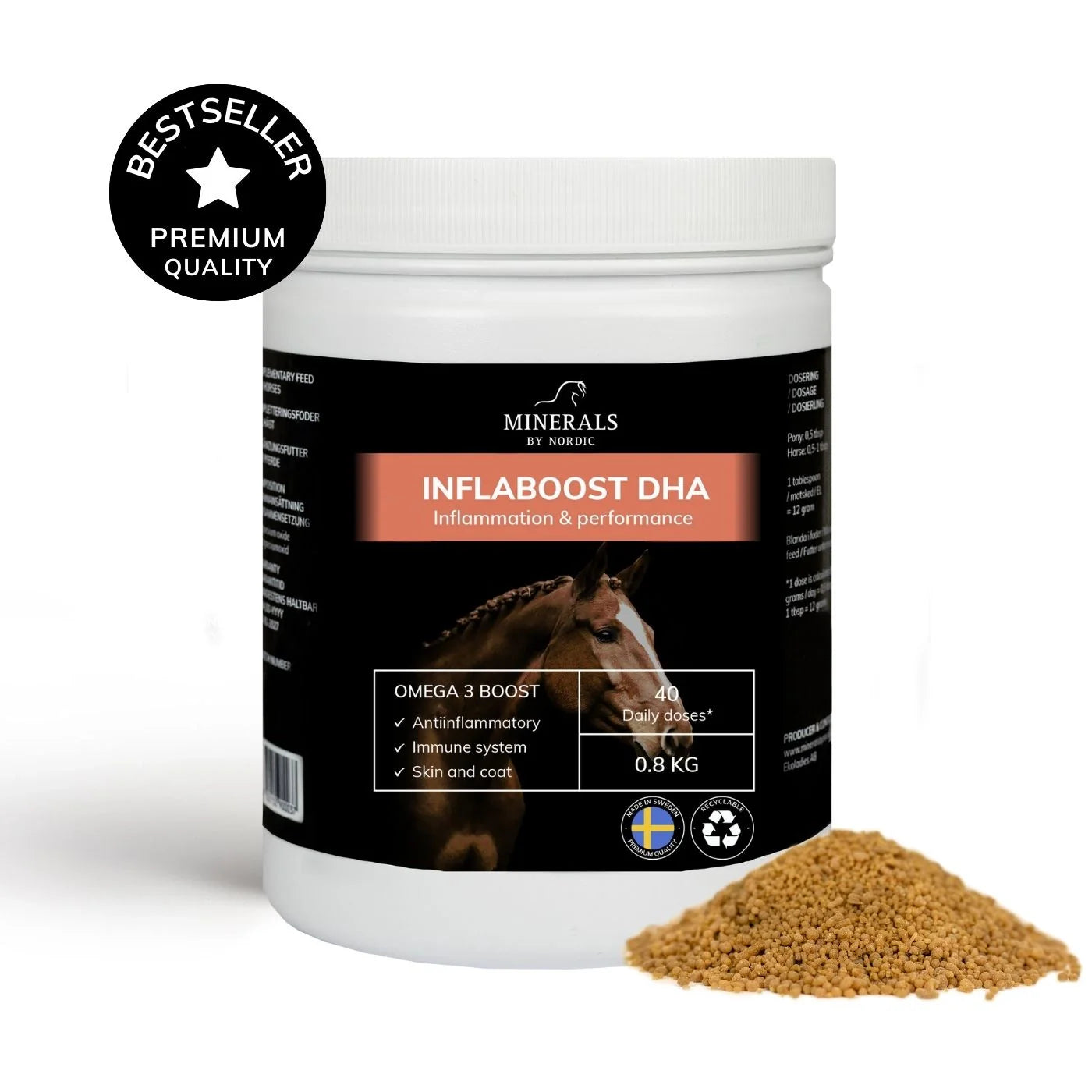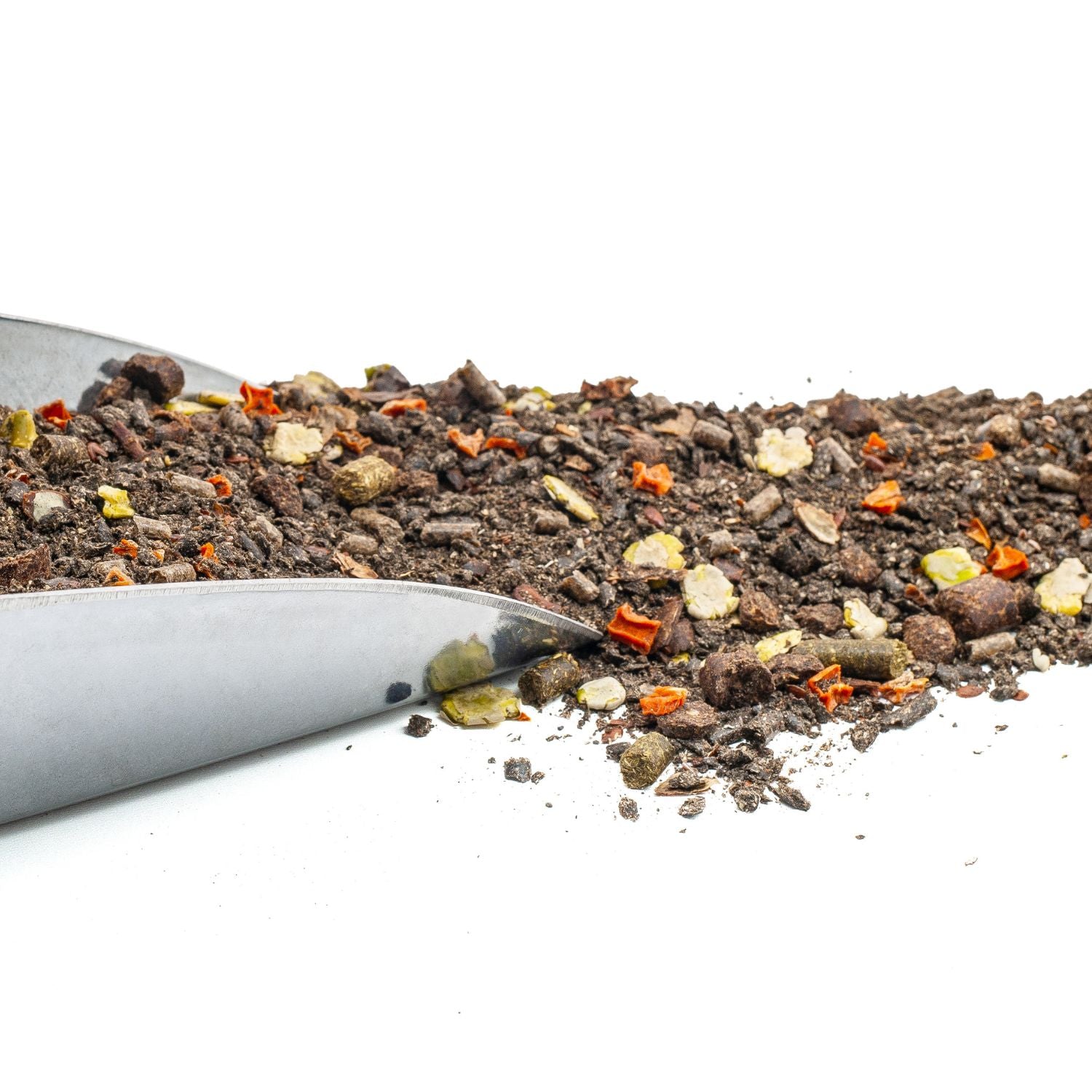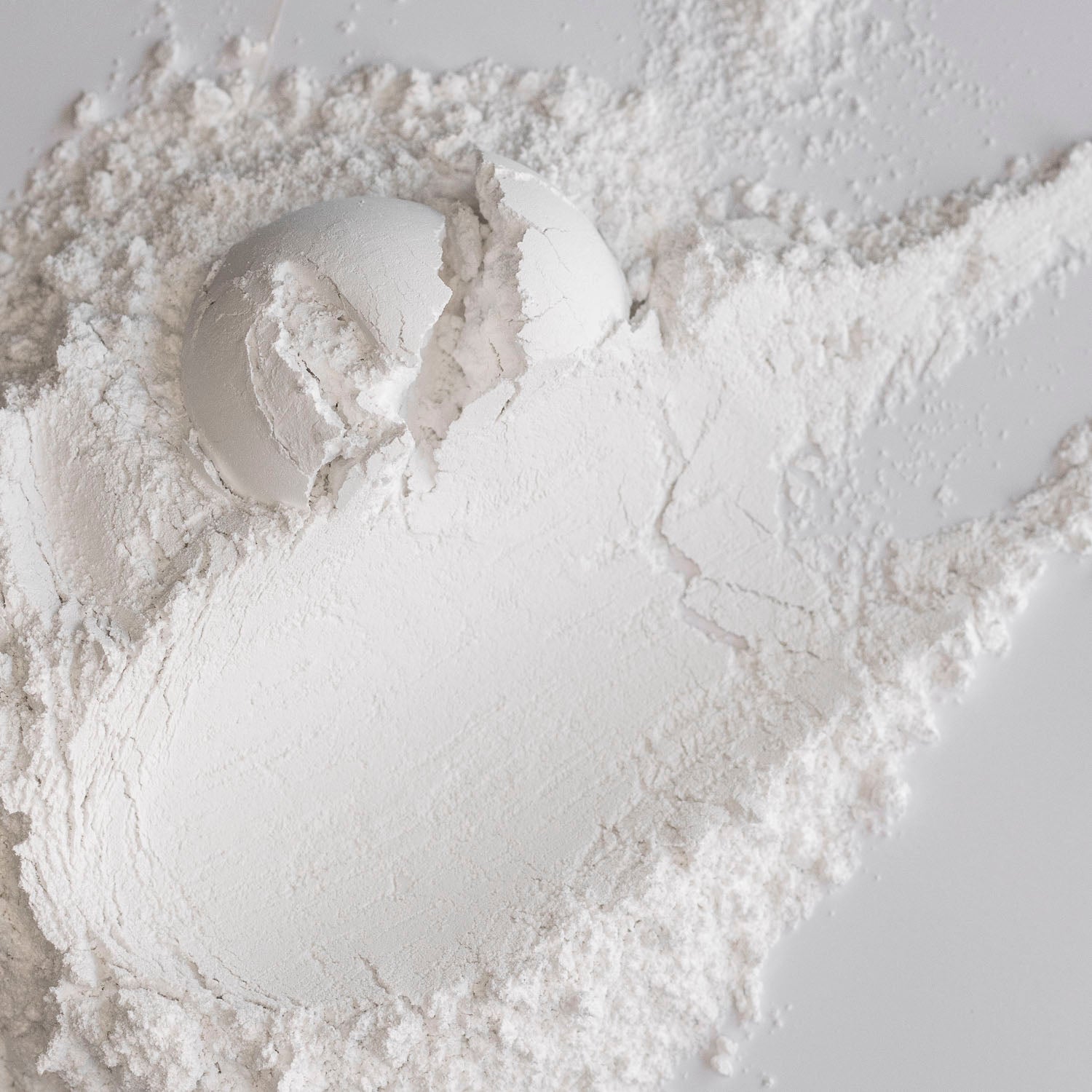EMS and laminitis in horses – Causes, treatment, and rehabilitation
What is EMS?
EMS, or Equine Metabolic Syndrome, is a hormonal disorder in horses that is often associated with insulin resistance, obesity, and an increased risk of laminitis. Horses with EMS tend to accumulate fat in specific areas such as the neck ("crest fat"), around the tail, over the back, and in the abdomen. Insulin resistance means that the body’s tissues are less sensitive to insulin, which can lead to elevated blood sugar levels and ultimately laminitis.
Causes of EMS and laminitis
EMS and laminitis can be caused by factors such as:
- Excessive carbohydrate intake
- High sugar content in feed
- Metabolic diseases like Cushing’s disease
- Trauma or infections
Laminitis is a severe inflammation of the hooves and requires immediate veterinary care to alleviate pain and prevent complications.
Feeding tips for sugar-sensitive horses
Activ Mineral: Sugar- and grain-free, contains essential minerals.
Inflaboost DHA: Omega-3 fatty acids that reduce inflammation and improve insulin resistance.
Mg Control: Magnesium that relieves muscle tension and improves insulin resistance.
Pur.Mash: Grain- and molasses-free mash with prebiotics for support to the stomach and intestines.
When Should I Seek Veterinary Care?
Seek immediate veterinary care if your horse shows the following symptoms of laminitis:
- Lameness or limping
- Increased pulse
- Stiffness or discomfort when moving
- Reduced appetite
- Changed behavior or irritability
Rehabilitation for horses with laminitis
Rehabilitation for laminitis is a long-term process that may include:
- Stall rest in a clean, soft environment
- Regular hoof care to support healing
- Pain relief as prescribed by a veterinarian
- A diet low in sugar and starch
- Light exercise as the horse shows improvement
- Ongoing monitoring and veterinary contact
FAQ: EMS and Laminitis in horses
What causes EMS in horses?
EMS can be caused by overfeeding carbohydrates, metabolic issues like Cushing’s, lack of exercise, and possibly improper feeding.
How can I reduce the risk of laminitis?
Feed low-sugar feed, monitor the horse’s weight, and maintain regular exercise.


